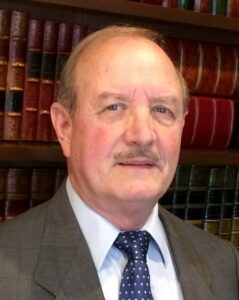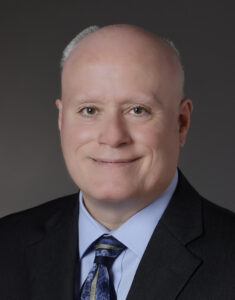
That’s the title of a new book by Thomas Maier describing how attorney/journalist Ernest Cuneo found himself embroiled in espionage during World War II.
Cuneo was a New York City native who earned his law degree at Columbia, played a little football in the NFL and liked to schmooze around town—the famed Stork Club was one of his haunts. He must have had a very endearing personality and a sharp mind because the nation’s elite found him very useful. Gossip columnists Drew Pearson and Walter Winchell hired him as their attorneys. His Democrat affiliations gave him access to President Franklin Roosevelt himself.
Cuneo knew FBI Director J. Edgar Hoover and Wild Bill Donovan who headed nascent OSS (Office of Strategic Services, later to become the CIA). Moreover, Cuneo was a confidant of British intelligence even before the U.S. entered the war. In 1943, he flew to London for a chat with Winston Churchill. One of his buddies was Ian Fleming, later the author of the James Bond franchise. Actually, Cuneo helped inspire the series. Who didn’t Cuneo know?
Cuneo could keep a secret. On the brink of World War II he was a true patriot and understood the Nazi threat to our way of life. The British intelligence service latched on to him when they opened a spy office in Rockefeller Center. The office sign read “British Passport Control” but its mission was to counter Nazi agents. Propaganda during 1939-1941 was the objective for Germany—to keep America from supporting the British. They already had air hero Charles Lindbergh doing their dirty work with his America First movement. The British needed access to the American press. Cuneo knew what was at stake and agreed to feed newspaper columnists Pearson and Winchell the evidence of Nazi subversion in the U.S. This was fine with FDR and the American government that secretly urged Cuneo on.

The British office in Rock Center was a full-blown spy operation on American soil: tampering with the mails, tapping phones, forging documents, disrupting Lindbergh gatherings, subsidizing pro-British organizations, and even knocking off a Nazi agent on the upper Eastside. Cuneo was not naïve to this, such was his hatred and fear of a Nazi victory.
The FBI’s J. Edgar Hoover became a fly in the ointment when he objected to British spies and the OSS getting involved in domestic affairs. FDR needed Cuneo to calm things down. To do so Cuneo had a contentious meeting with Hoover but managed to keep a lid on the FBI. Later on during the war, the State Dept. wanted to put the OSS under its control. Donovan asked Cuneo for help in nixing this. Cuneo immediately called the White House and told FDR’s staff to bury the Executive Order at the “bottom of the pile,” which they did, saving the OSS.
When the OSS secretly reported that Gen. George Patton had slapped a PTSD soldier in Sicily, the story would have never surfaced had not Cuneo leaked it to columnist Drew Pearson. It led to Patton’s public apology. For Cuneo it was payback to Patton for undermining OSS work in Sicily and the general’s insult to America’s citizen-soldiers.
Cuneo’s fight for the underdog came from his own experience as an Italian American. Proudly so, he was repulsed by the treatment of his people with stereotypes and overt discrimination in jobs and education. When buddy Ian Fleming and he took a trip to Chicago Cuneo did not appreciate Fleming’s obsession with Al Capone and references to the Mafia. What Cuneo thought of FDR’s 1942 persecution of Italian Americans is curiously absent from the book. It may have been the last straw causing him to distance himself from ethnicity. Like Mayor LaGuardia he dropped Catholicism for the more Anglo Episcopal Church. His son Jonathan is quoted as saying Cuneo wanted him to change his surname “and be a WASP.”
I believe that Ernest Cuneo came to realize that his patriotic work did not pass the ethnic muster. Unfortunately, his quest for recognition came later in life. Friends nominated him for the Presidential Medal of Freedom in 1987. It was still being considered by the White House when Cuneo died in March 1988. However, he was allowed burial at Arlington Cemetery even though he was not a veteran. -JLM




It’s really a fascinating part of history that is playing out….more and more ,as the WWII archives are opening up ,the more surprising factual history is emerging. For example, I recently saw the documentary on A.P. Giannini—A Little Fellow (the term refers to his outreach to the working people) …a lot of the drama and lore about A.P. centers on the SF Earthquake…..but for me the real tale is how an Italian American, former Ag-businessman from San Jose, Ca. had to buck the system, especially the East coast Banking establishment and their blatant WASPISH, anti-Italian American bias to create the, then, largest banking system in the world……yet hardly a word in any American history book about these achievements…….so is it no wonder our youth really aren’t that keen about “heritage matters” issues? If they saw the movie they would be amazed…(I plan on showing it soon and well worth the effort to try to try to do the same in your local network…….
Ken
Do you have the Giannini video on DVD? Love to add to our Galleria Italica if we can license it.